All Posts

In this Innovation Inspiration, a SAS user has developed the insurance rating plans for a country using predictive modeling. How exciting! Additionally, the system adjusts based upon actual experience. This is quite the accomplishment given the complexity of the ratemaking for even a small geographical territory. The comments section reveal the identity of this innovator. Check it out.
In the Clinical Research domain, there is often the need to display lab values by treatment or test and it is often useful to view this data along with reference lines showing the normal ranges. The obvious way is to use reference lines to denote the normal ranges. SGPLOT Code: proc sgplot data=band; scatter x=x y=y

My sleep patterns are erratic (and somewhat torturous) – they range from sleeping solidly for eight hours a clip to me wandering aimlessly about the house at 3am. Unfortunately, the latter was the reality during the wee hours of Friday, July 20; I was up watching ESPN (my typical late
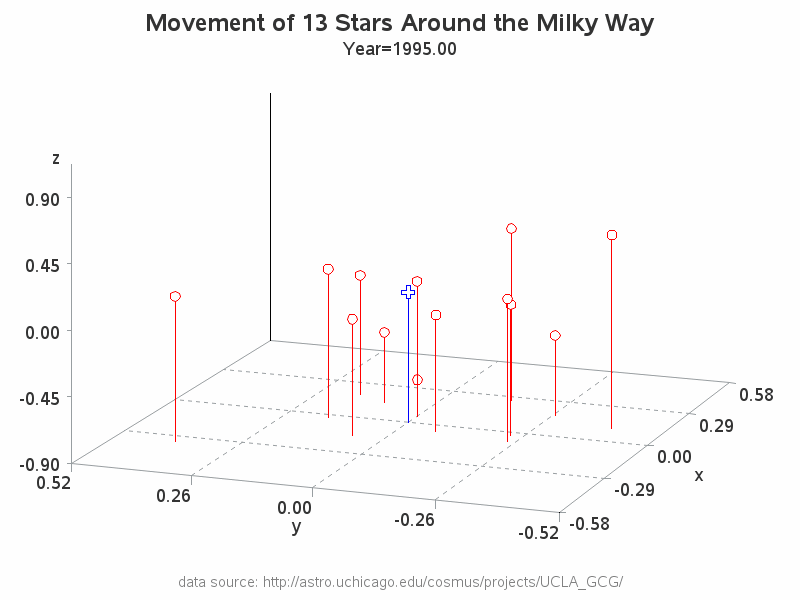
Hopefully you know that a gif animation can be used for more than just showing a cartoon animal doing cute tricks! Being a savvy data-meister, I'm sure you are also aware that you can use gif animations to see how data changes over time. But perhaps you didn't know you could
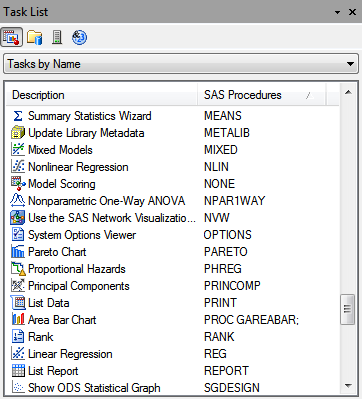
If you need to calculate the mean, sum, standard deviation, or frequency count for a variable, you'll find it pretty easy to accomplish in SAS Enterprise Guide. The corresponding tasks in the menus have names like "Summary Statistics" or "One-way Frequencies". Obvious, right? Often, researchers or students have a quest

Fire department operations are very complex, with multi-faceted missions that include not only fire prevention and suppression, but emergency response and fire inspections. These must be coordinated with area growth and development decisions, and water system management decisions. When a fire or an emergency occurs, the right equipment, with the right people,
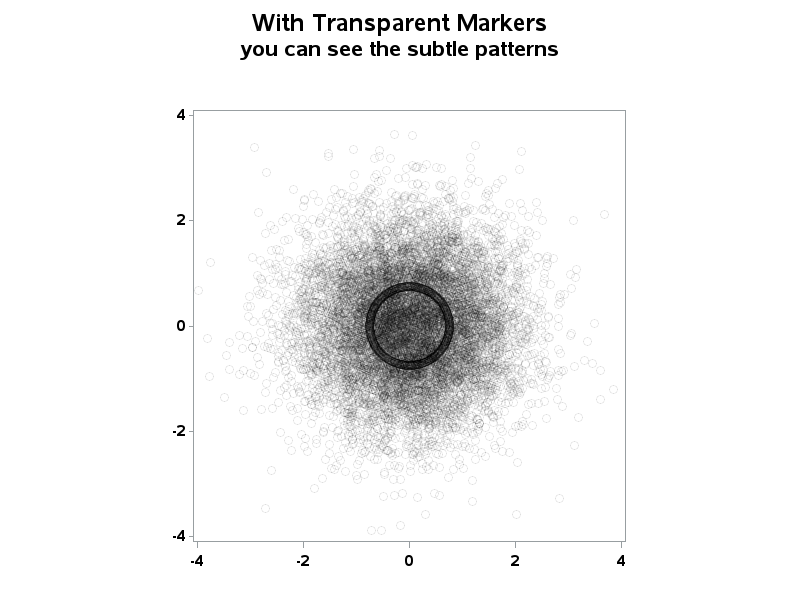
When working with "big data" you usually have too many points to view in a plot, and end up subsetting or summarizing the data. But now, in SAS 9.3, you have an alternative! For example, the following scatter plot of 10,000+ points is just a visual "blob": But using a new
When comparing results by category and group, putting the items to be compared close together usually leads to a graph that is easier to decode. Take the case of the data (simulated) shown below. Here we have population by age group and sex. To compare the population by sex, it is

We've introduced the topic of the Four E's and discussed the role of analytics in Enforcement and Engineering. Now let's delve into Emergency Response. A quick emergency response can make all the difference in saving the lives of crash victims. Many vehicles can now communicate directly with emergency responders immediately after
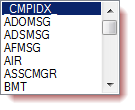
A SAS Professionals attendee and Twitter follower named Marco asks for help: ..struggling to find a method with custom tasks in EG to be able to list the datasets in a library, can you help please? Sure, no problem. This is easy-peasy-lemon-squeezy. First, make sure that you have a reference
A key element of graphs used for analysis of safety data for clinical research is the inclusion of statistical data (or tables) about the study that are aligned with the x axis of the graph. A common example of this comes from the paper "Graphical Approaches to the Analysis of

Most management literature and studies posit that organizations with a clear mission and work objectives, understood by all levels of the organization, are the most productive. The key to that success is effectively communicating the mission, agreeing on key performance indicators and giving employees at all levels access to relevant
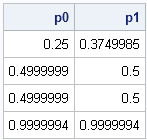
When you are working with probability distributions (normal, Poisson, exponential, and so forth), there are four essential functions that a statistical programmer needs. As I've written before, for common univariate distributions, SAS provides the following functions: the PDF function, which returns the probability density at a given point the CDF

Suppose that you have two data vectors, x and y, with the same number of elements. How can you rearrange the values of y so that they have the same relative order as the values of x? In other words, find a permutation, π, of the elements of y so
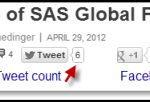
Update 24Nov2015: The methods in this post no longer work for Twitter, as Twitter has discontinued support for its "share count" API that was used within the Twitter share buttons. But the Facebook method still works, and I've described a method for counting LinkedIn shares on another post. As of







